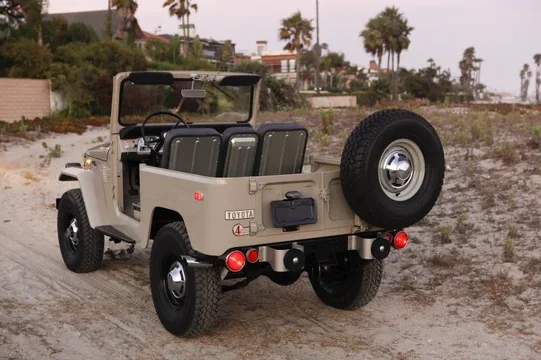Millardo
'72 FJ40
I posted about this earlier, but now I'm in assembly phase.
The heat riser in my 1F 1972 exhaust manifold essentially does not exist. The butterfly flapper is long gone and the rest of the mechanism corroded beyond use. I understand why it was there originally.
Has anyone had a problem cracking the intake manifold without the use of this heat riser valve/flapper?
I see a block off plate was used after 1975.
Is it worth fabbing a plate? If I did, it would need a gasket top and bottom of the plate, and then I don't believe the manifold ears will line up.
I know with a plate it would be harder to warm up, but I don't live in a cold climate. And this 40 is a sunny Sunday cruiser...
I'm trying to find comfort in not going to the trouble to fab a plate.
Anyone? Thanks in advance!


The heat riser in my 1F 1972 exhaust manifold essentially does not exist. The butterfly flapper is long gone and the rest of the mechanism corroded beyond use. I understand why it was there originally.
Has anyone had a problem cracking the intake manifold without the use of this heat riser valve/flapper?
I see a block off plate was used after 1975.
Is it worth fabbing a plate? If I did, it would need a gasket top and bottom of the plate, and then I don't believe the manifold ears will line up.
I know with a plate it would be harder to warm up, but I don't live in a cold climate. And this 40 is a sunny Sunday cruiser...
I'm trying to find comfort in not going to the trouble to fab a plate.
Anyone? Thanks in advance!





